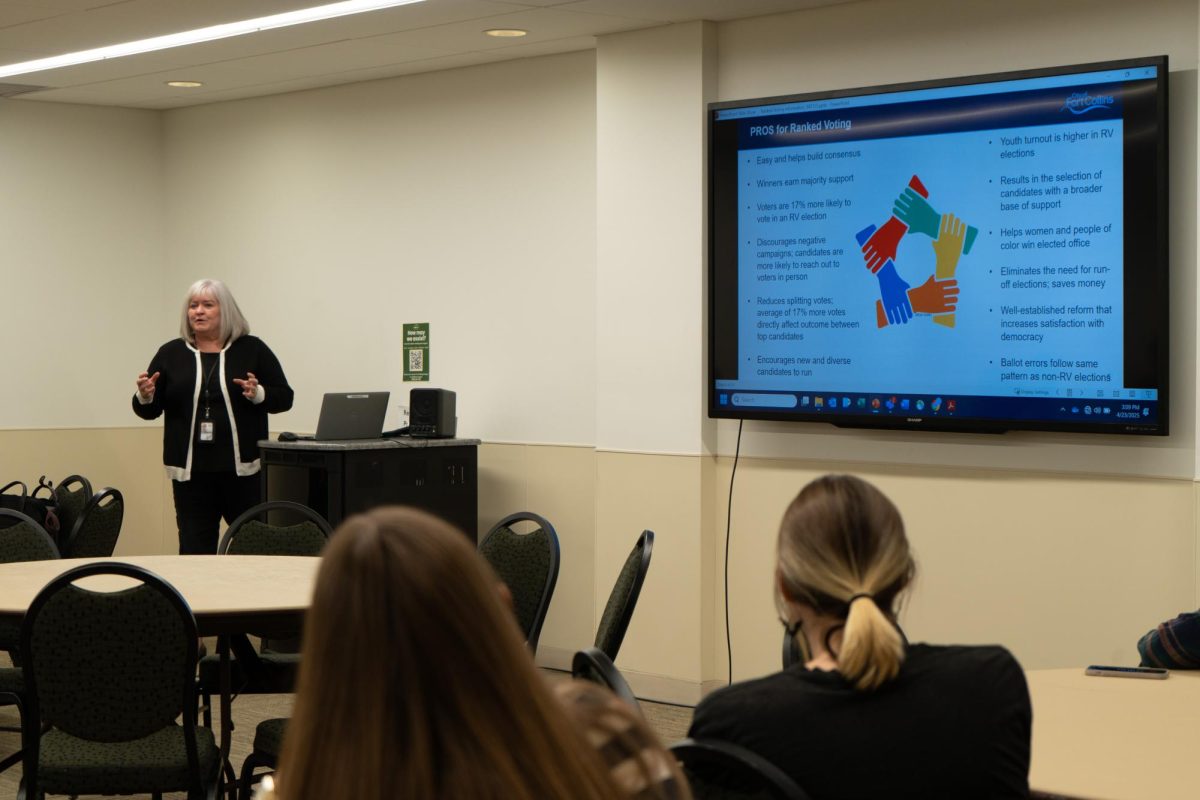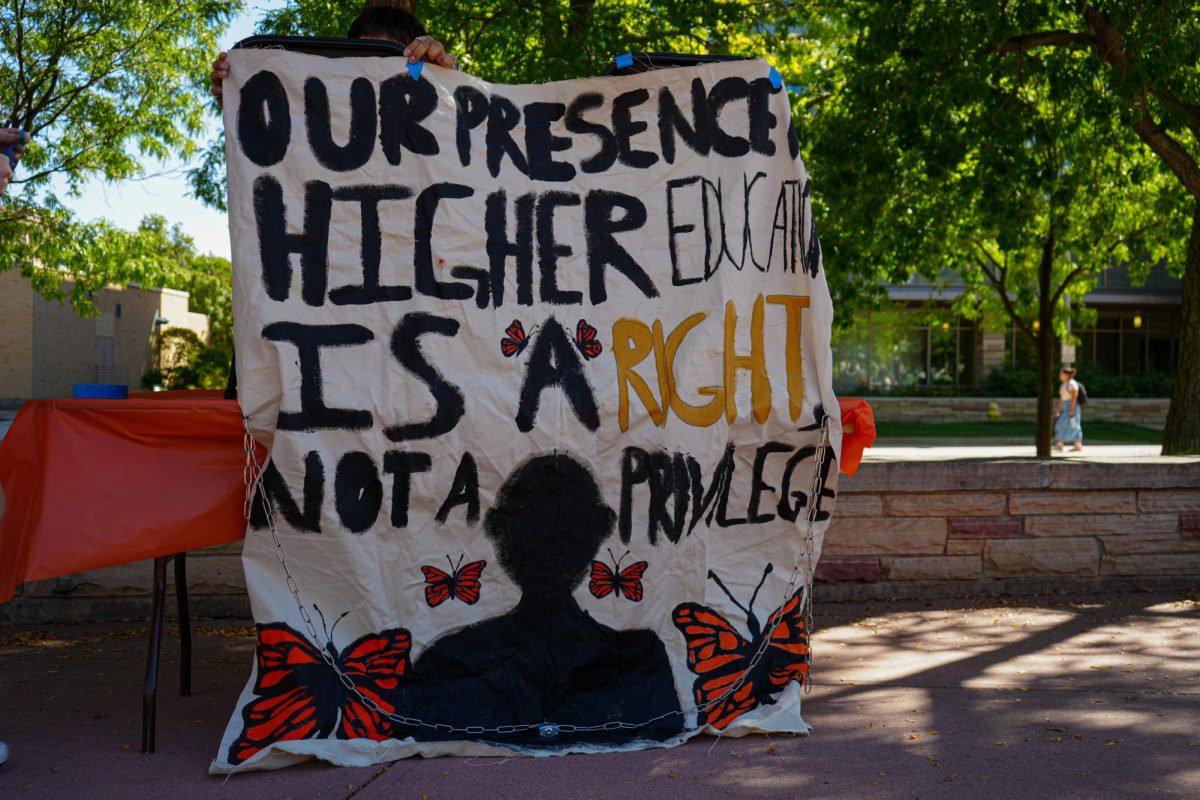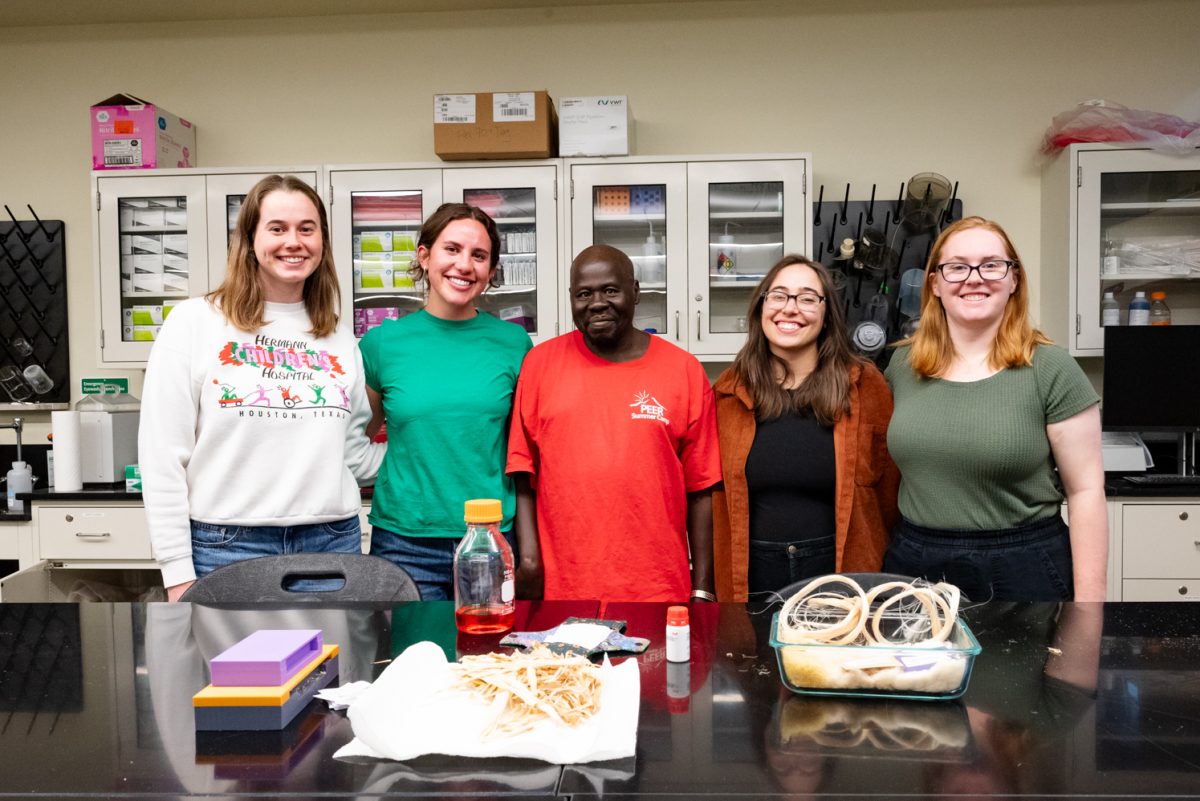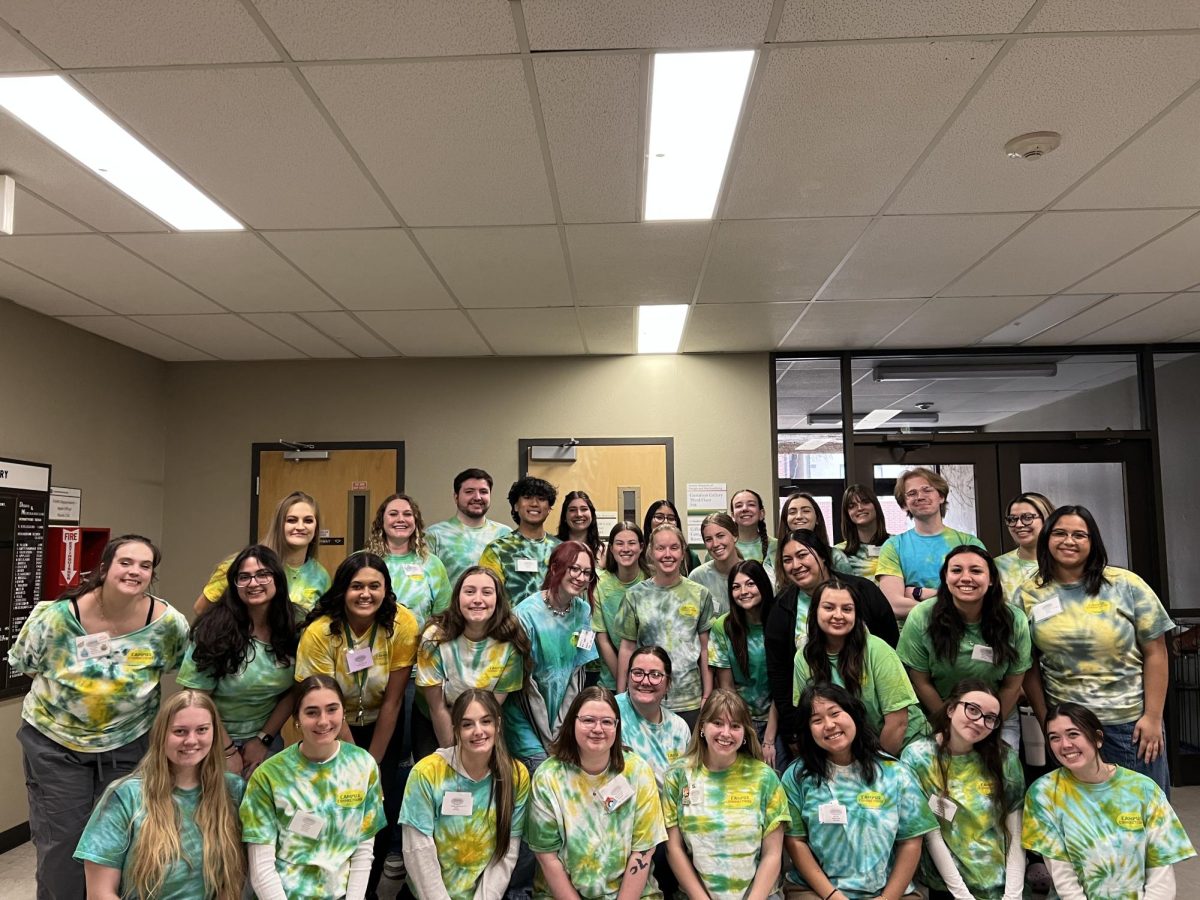Northern Colorado is working to get a whole lot greener.
The Platte River Power Authority board of directors passed a policy for zero carbon emissions by 2030, following Colorado State University, Fort Collins and Longmont’s goal of 100 percent renewable electricity by the same year.
“As CSU is a customer of the Fort Collins Utilities, having this renewable electricity goal alignment across CSU (and other customers in Fort Collins and northern Colorado), Fort Collins Utilities and PRPA, is a great thing,” wrote Stacey Baumgarn, CSU’s Campus Energy Coordinator, in an email to The Collegian. “And, we look forward to the opportunity to continue working with Fort Collins Utilities and PRPA to see this shared goal realized.”
PRPA already has multiple renewable energy sources, however, the policy states innovations must happen in the renewable energy field in order to reach the goal while maintaining a reasonable price, said Steve Roalstad, communications and marketing manager for PRPA.
According to the policy, one of the innovations that needs to happen is an advancement in renewable generation technology. Although wind energy has advanced significantly since the 1990s in efficiency, generation, capacity and availability, solar energy is only 25 to 28 percent efficient, according to the Office of Energy Efficiency and Renewable Energy.
“Everybody’s optimistic that these technological innovations will take place, it’s a matter of how and when,” Roalstad said. “We’re seeing (similar improvements), to an extent, in solar power and battery power, it’s just those technologies are younger than wind. We expect and hope that that progress will continue.”
According to the Resource Diversification Policy passed Dec. 6, these advancements need to occur in order for PRPA to achieve 100 percent non-carbon resources by 2030:
-An organized regional market must exist with Platte River as an active participant
-Battery storage performance must mature and the costs must decline
-Utilization of storage solutions to include thermal, heat, water and end user available storage
-Transmission and distribution infrastructure investment must be increased
-Transmission and distribution delivery systems must be more fully integrated
-Improved distributed generation resource performance
-Technology and capabilities of grid management systems must advance and improve
-Advanced capabilities and use of active end user management systems
-Generation, transmission and distribution rate structures must facilitate systems integration
The resolution, which passed Dec. 6, had a lot of support from the community, said Fort Collins Mayor Wade Troxell. Among those in favor of the policy, the Fort Collins Sustainability Group supported the resolution alongside the Northern Colorado Partners for Clean Energy because of environmental and economic benefits for the community.
PRPA released a zero-net carbon report in 2017, showing that the goal of zero net carbon emissions by 2030 was difficult but possible, said Kevin Cross, convener of FCSG. After the report was published, FCSG sponsored two critiques of that study, stating zero net carbon emissions were even more promising than the report figured.
“I think it’s attainable, I don’t think it’s going to be easy,” Cross said. “People in the industry had been saying that they were expecting 2017 was going to be the year that renewables came into their own in comparison to fossil fuels, and the bids that Xcel and PRPA got really proved that was the case. Adding renewables at this stage allows utilities to decrease their prices to their customers.”
In addition to improving the efficiency of generating renewable energy, the policy also identifies the need for advancements in transmission and distribution of renewable energy throughout the four cities. Roalstad said as transmission lines reach their capacity, new paths and lines need to be built.
“A garden hose can only handle so much water until it breaks,” Roalstad said. “So as our transmission system reaches its limits of how much renewable energy it can carry, we have to find and build new transmission lines to carry more renewable energy into our service territory.”
It’s easy to say something won’t happen. Can I predict it will happen? No. … I think it has a real chance because there’s a tremendous desire to do it. And one thing humans are, and especially folks in this country are, they’re innovators.” – Gerry Horak, board member on the Platte River Power Authority board of directors
The area that might need the most technological advancement is in renewable energy storage, said Gerry Horak, a Fort Collins board member on the PRPA board of directors.
Because renewable energy can only be used when it’s being generated, there are limited options when it comes to storing energy, Roalstad said.
With storage capacities today, there are limited options on how to store renewable energy. Some of the more prominent options are lithium-ion batteries, like the batteries in a phone, pumped hydro systems in lakes or resivoirs, and compressed air deep underground, Roalstad said. When it comes to how expensive or how construction heavy a storage option is, the policy states PRPA needs more innovation in storing renewable energy.
This isn’t to say that these innovations won’t happen, Horak said. Although the goal might not seem feasible when looking at how far we have to go, Horak said to look at how far we’ve come technologically in the past ten years.
“It’s easy to say something won’t happen,” Horak said. “Can I predict it will happen? No. … I think it has a real chance because there’s a tremendous desire to do it. And one thing humans are, and especially folks in this country are, they’re innovators.”
Julia Trowbridge can be reached at news@collegian.com or on Twitter @chapin_jules.










